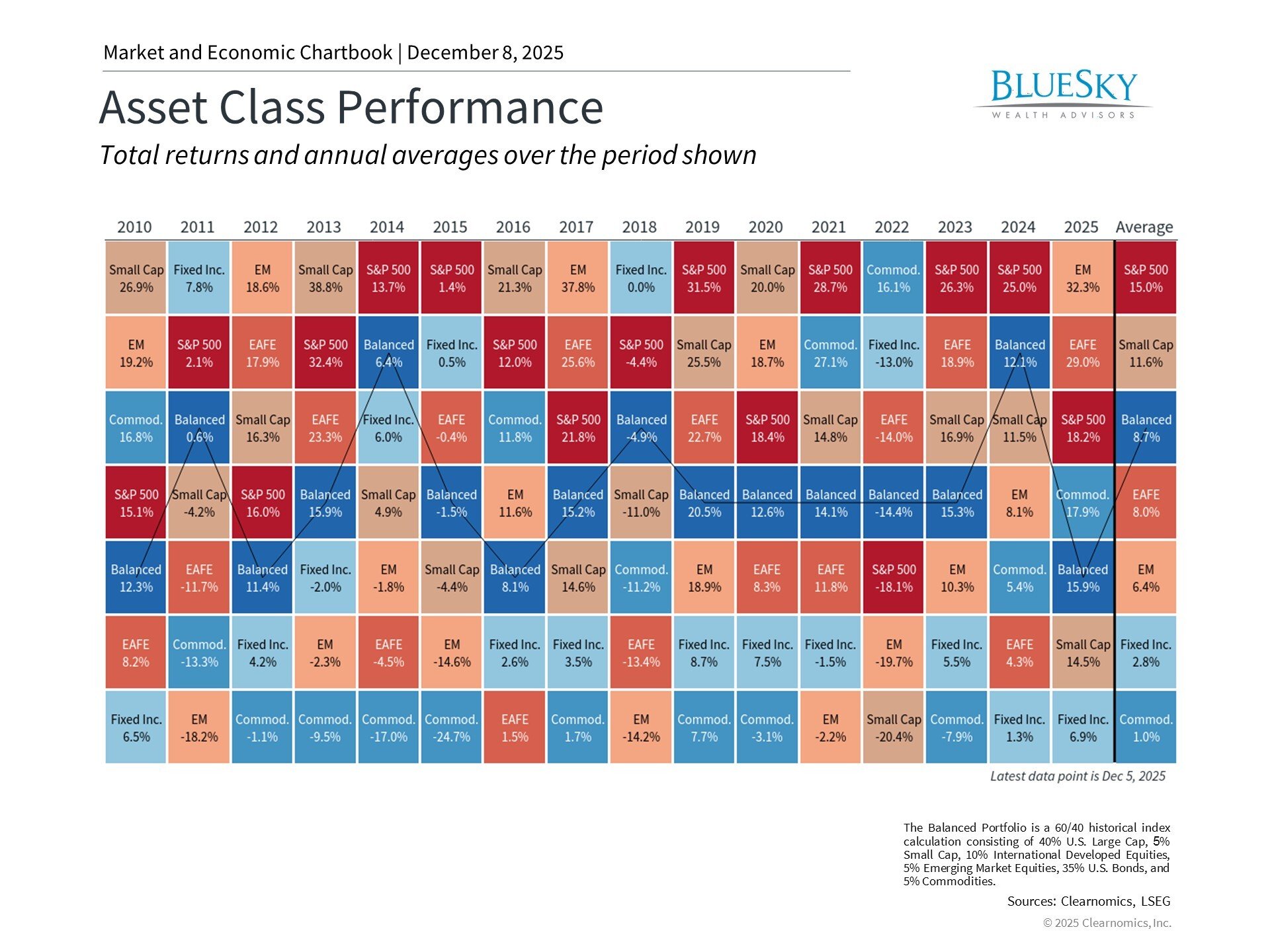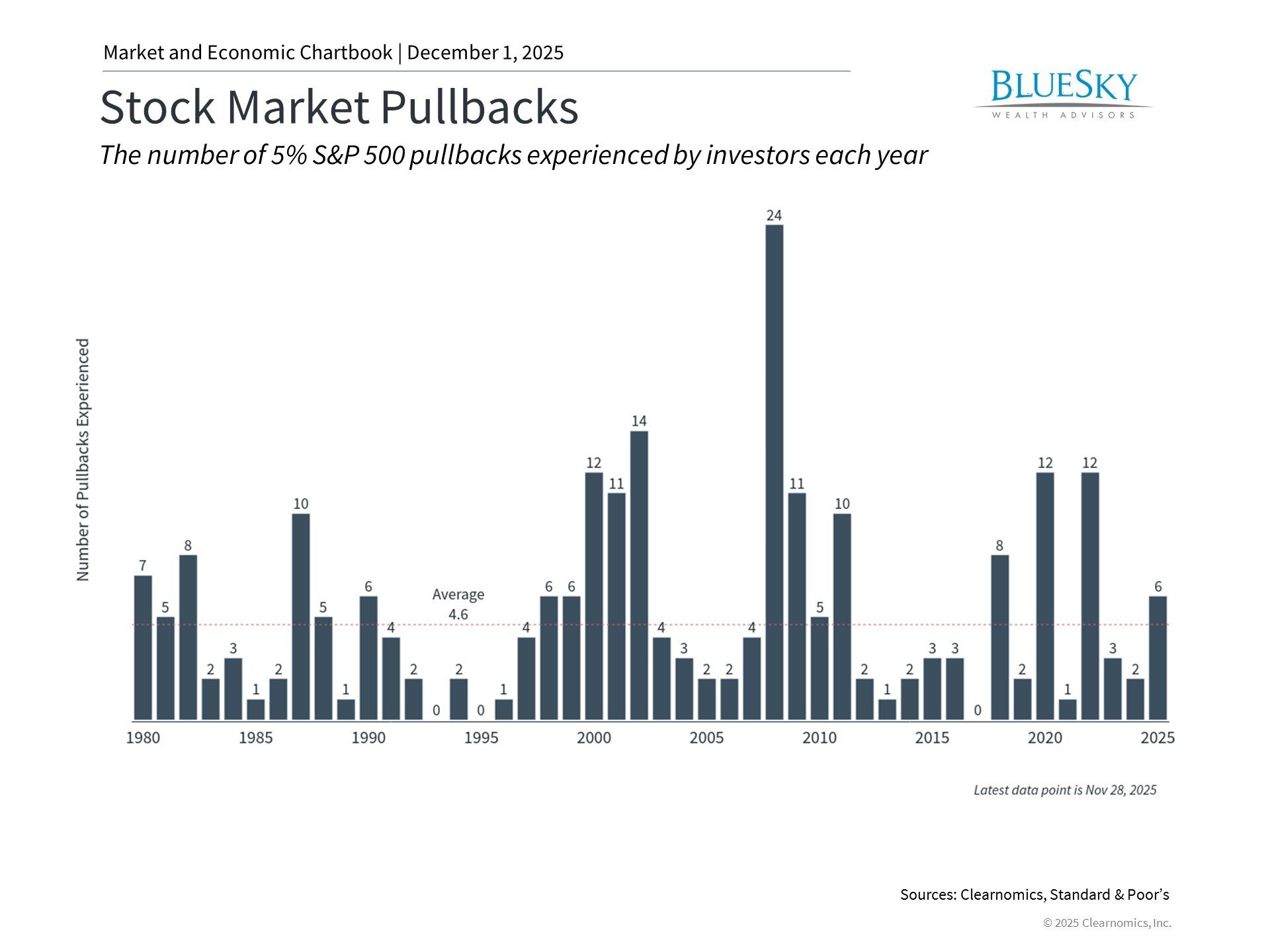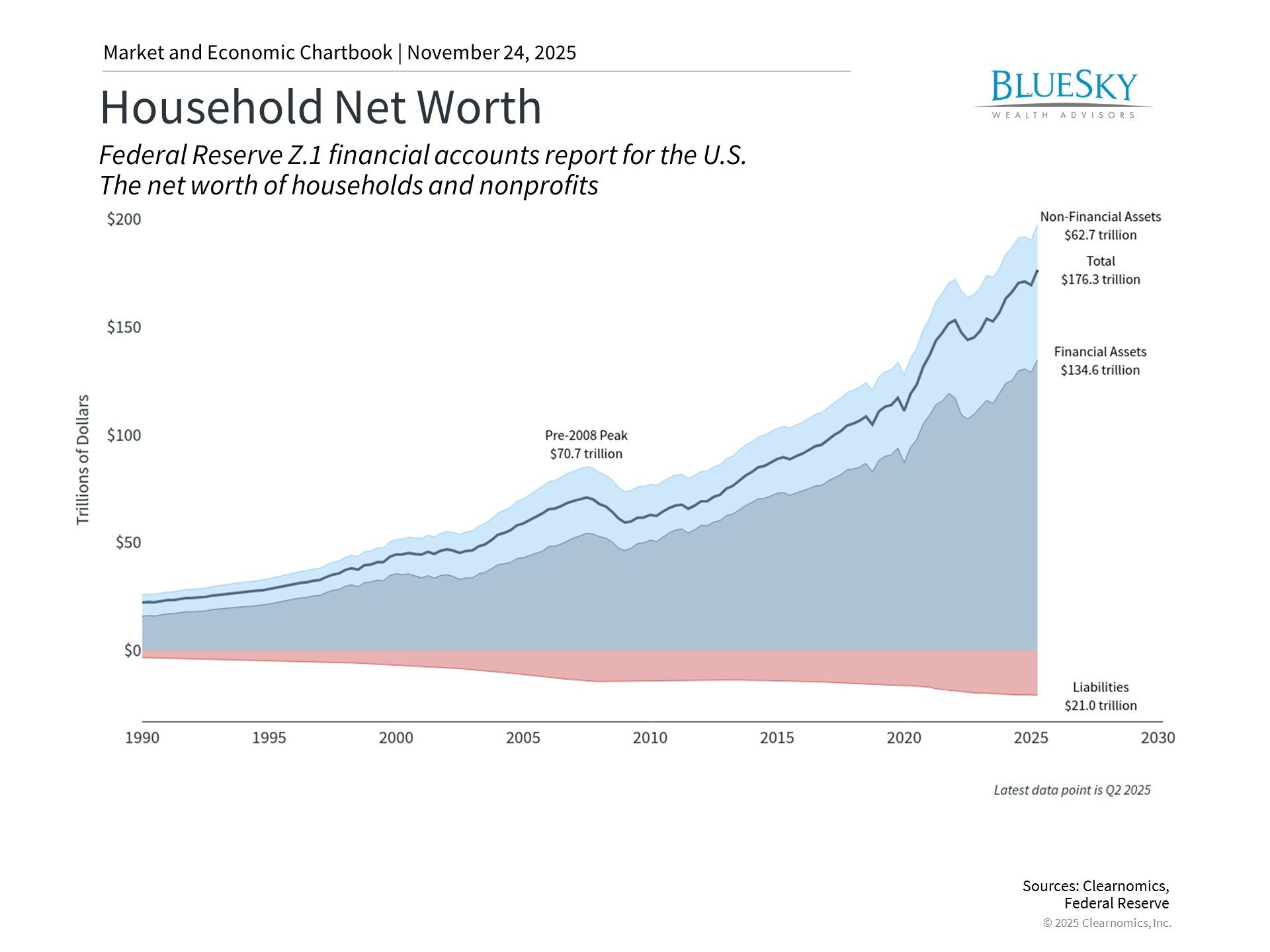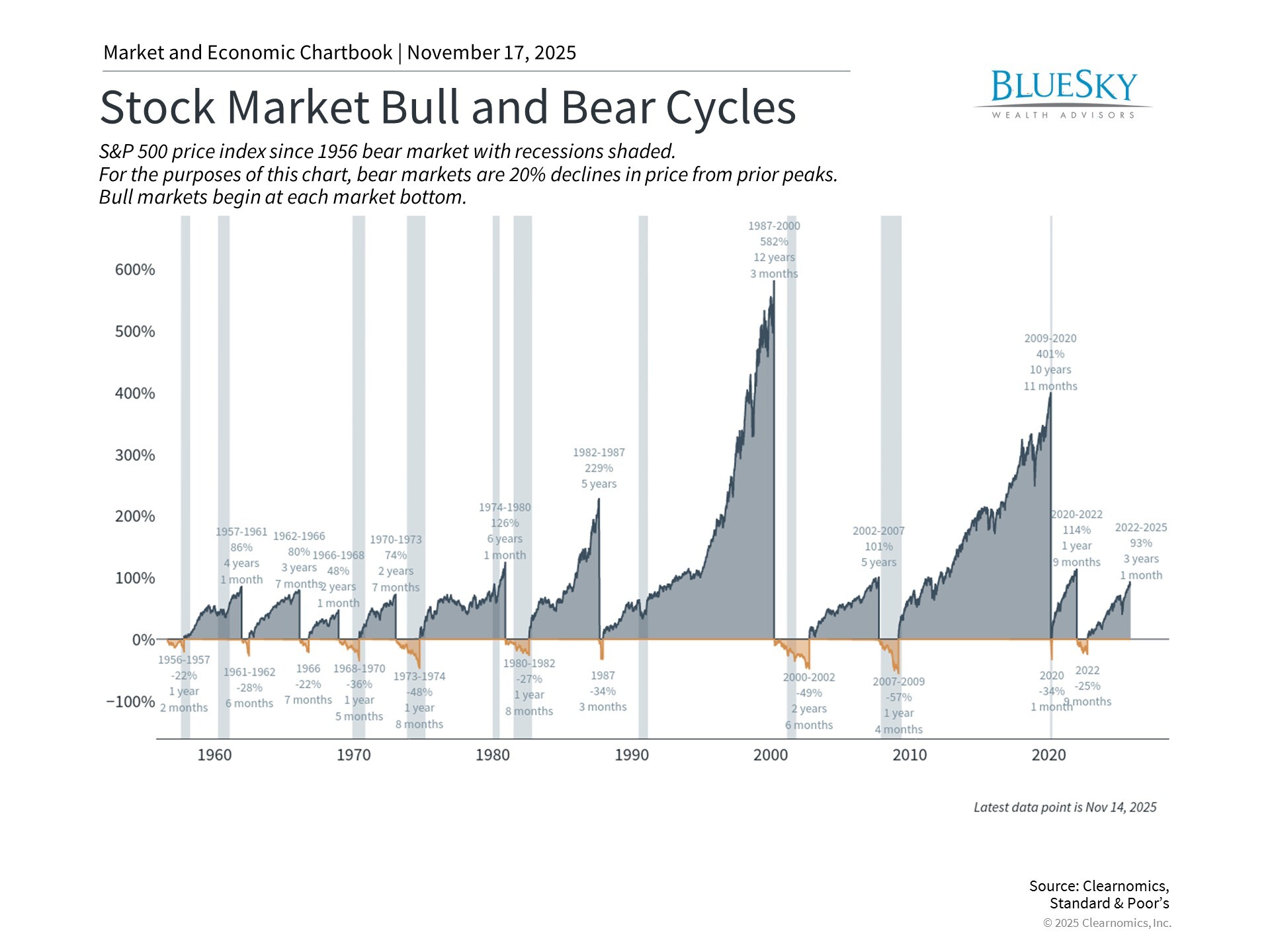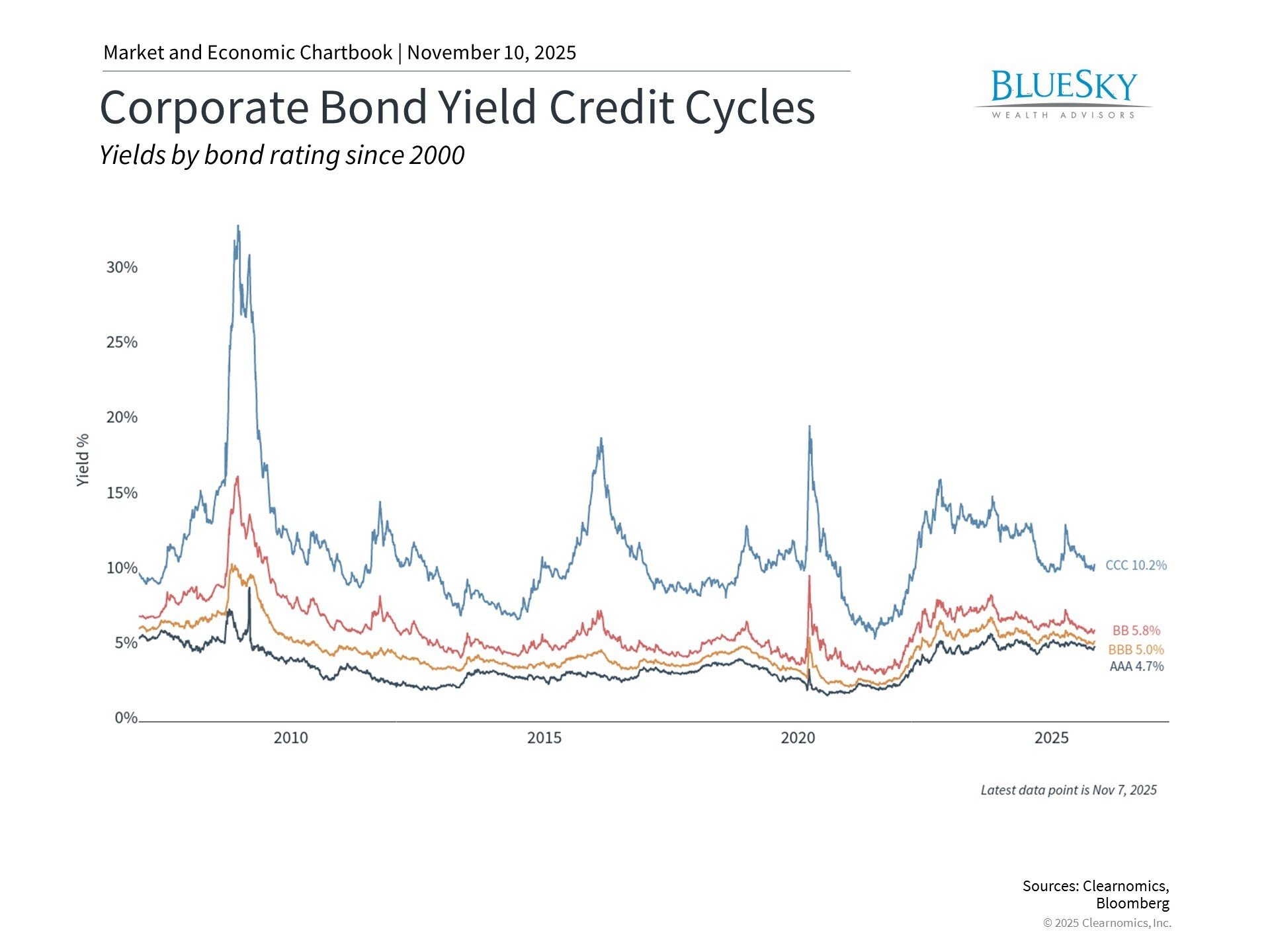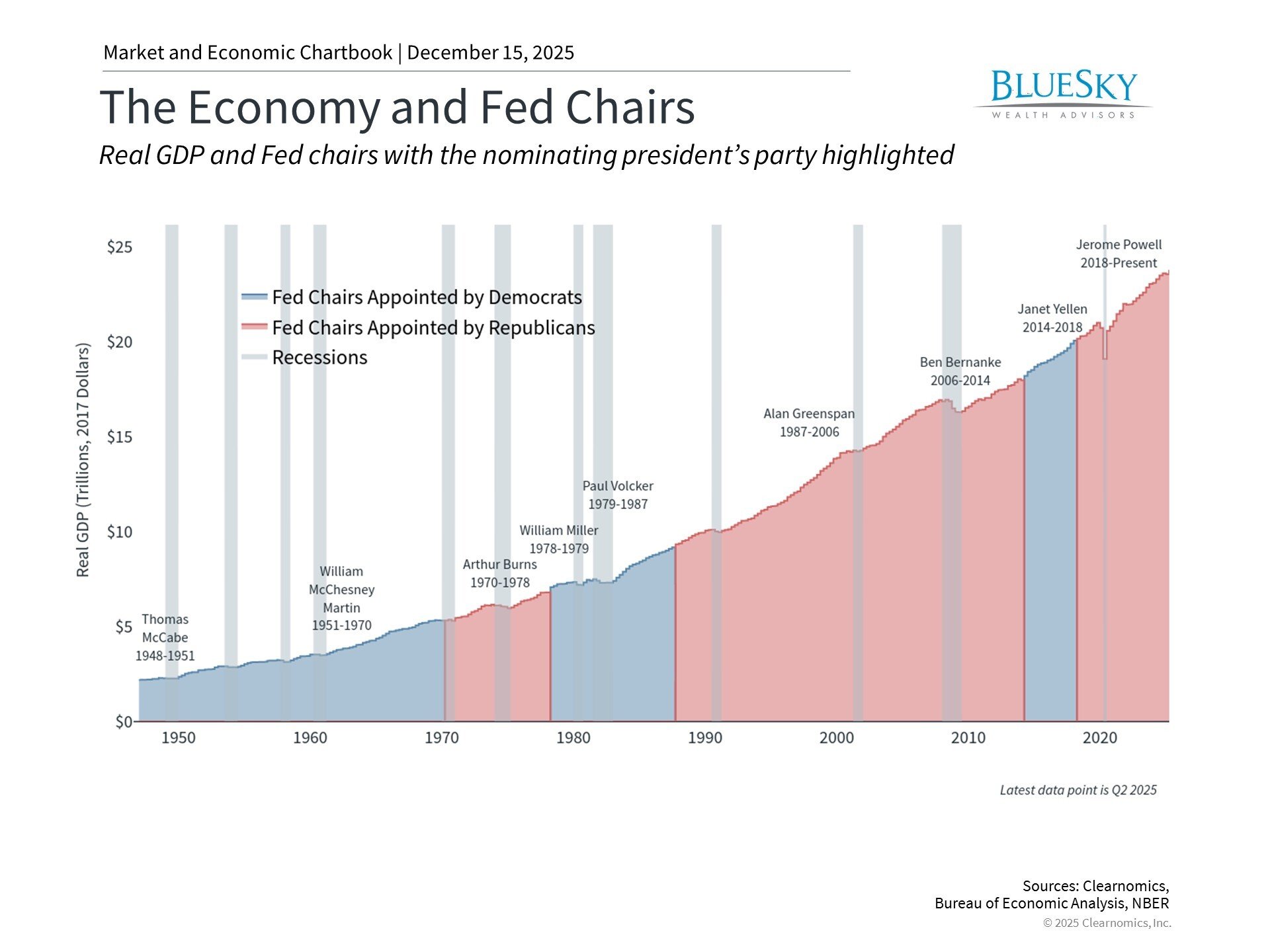
Understanding Economic Data Reliability: A Framework for Investment Decisions
Understanding Economic Data Reliability: A Framework for Investment Decisions
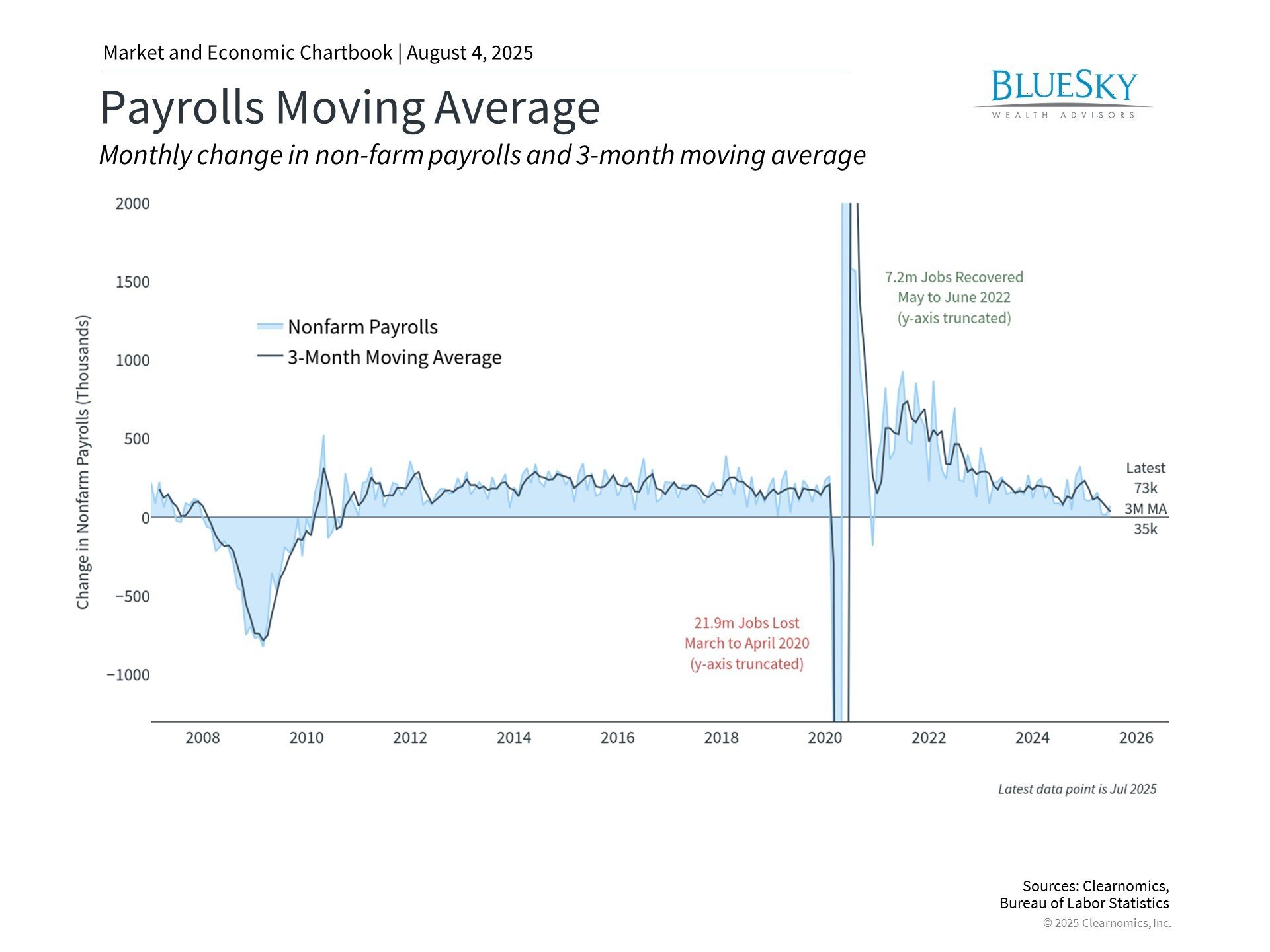
Investors seeking to decode the current economic landscape face a challenging array of conflicting signals. Recent employment figures revealed disappointing job creation alongside significant downward revisions to prior months, prompting President Trump to dismiss the Bureau of Labor Statistics commissioner. Meanwhile, GDP growth showed renewed strength in the second quarter, and corporate earnings continue surpassing forecasts, propelling markets to record levels. Yet concerns persist around tariffs and persistent inflation pressures.
Such contradictory information creates a complex environment for both investors and policymakers, complicating financial decision-making when the underlying data itself faces scrutiny.
The challenge extends beyond today's mixed signals to a fundamental reality: economic analysis requires far more than monitoring a handful of key metrics. Effective interpretation demands understanding multiple dimensions including employment trends, price pressures, productivity measures, government spending patterns, and numerous other factors.
Instead of responding hastily to individual data releases, prudent investing demands understanding how to weigh different indicators and identify underlying patterns. Given today's economic uncertainty, which metrics deserve investors' attention as they navigate portfolio management and long-term planning?
Employment data highlights economic vulnerabilities

July's employment report delivered concerning news with just 73,000 new positions created, falling short of analyst projections. More troubling were the substantial downward adjustments to May and June data, collectively reducing previously reported job gains by 258,000. These revisions indicate the economic expansion was considerably weaker in recent months than initially calculated.
Such significant adjustments have intensified questions about government statistics' credibility. This presents a serious challenge since official data provides the bedrock for economic analysis. From employment metrics produced by the Bureau of Labor Statistics to GDP measurements from the Bureau of Economic Analysis and inflation readings from various federal agencies, these figures inform Federal Reserve decisions and investment strategies alike.
Given today's polarized political atmosphere, data reliability carries heightened importance. Understanding several fundamental principles becomes essential.
Government statistics underpin financial market decisions

Why does this matter? Some measurements can be precisely determined. Individual company headcounts, specific layoff numbers, or particular wage increases can be calculated with high accuracy. However, aggregating such figures across millions of businesses and hundreds of millions of workers makes exact counting both impractical and potentially impossible. Statistical sampling and estimation become necessary.
Government statistics, like all statistical measures, contain inherent imperfections. These figures derive from surveys covering thousands of enterprises and households, conducted by trained data collectors and analyzed by professional statisticians and economists. The quality depends entirely on survey design and methodology, meaning results should be interpreted as estimates rather than precise counts.
A fundamental tension exists between speed, which markets and policymakers demand, and accuracy, which requires additional time and information. Official economic releases follow rigid timetables and undergo multiple revisions as fresh data emerges. This revision process strengthens the system by enabling ongoing accuracy improvements. However, it means individual figures should never be treated as definitive.
Notwithstanding these constraints, U.S. official data maintains its industry reputation as the global benchmark compared to other nations. These organizations uphold rigorous standards and provide primary sources for numerous indicators. While methodologies can always improve (and frequently do), the agencies employ professionals who have served across multiple political administrations.
Tension between politics and economic data remains inevitable since strong incentives exist to present favorable economic conditions, while proving political manipulation in reports proves extremely difficult. This dynamic has persisted across various political environments.
Comprehensive economic analysis requires multiple viewpoints

These complexities make examining multiple perspectives essential, incorporating both official and private data sources to develop clearer economic understanding. Investment research commonly employs "mosaic theory," where diverse information pieces combine to create comprehensive pictures. Employment figures, growth metrics, inflation measures, corporate profits, and consumer expenditure data from various sources each contribute valuable insights.
Much economic research focuses on determining which indicators matter most, their relative importance, and optimal timing. While recent employment data disappointed expectations, alternative metrics suggest overall economic output continues expanding at healthy rates. Second quarter GDP growth accelerated to 3.0%, significantly exceeding long-term averages and reversing first quarter weakness.
Tariffs represent a significant unknown factor and help explain divergent economic perspectives. Inflation hasn't surged dramatically as some anticipated, yet remains persistently above the Federal Reserve's 2% objective.
Nevertheless, early indicators suggest tariffs may be influencing consumer prices. Recent Consumer Price Index data shows accelerating inflation for everyday goods even as service sector price pressures moderate. Additionally, the latest Personal Consumption Expenditures figures reveal inflation rising to 2.6% in June compared to the previous year.
For investors, economic indicators frequently point in different directions and sometimes appear contradictory. This stems from both economic uncertainty and measurement difficulties. Ultimately, the economy's longer-term trajectory matters most for investment decisions, and utilizing diverse data sources proves essential for understanding the complete picture.
The bottom line? Recent employment reports have sparked concerns about official data reliability. Investors must grasp both the utility and limitations of such information. Maintaining broader perspectives through multiple data sources represents the most effective approach for sound long-term investment choices.
BlueSky Disclosures
Copyright (c) 2025 Clearnomics, Inc. All rights reserved. The information contained herein has been obtained from sources believed to be reliable, but is not necessarily complete and its accuracy cannot be guaranteed. No representation or warranty, express or implied, is made as to the fairness, accuracy, completeness, or correctness of the information and opinions contained herein. The views and the other information provided are subject to change without notice. All reports posted on or via www.clearnomics.com or any affiliated websites, applications, or services are issued without regard to the specific investment objectives, financial situation, or particular needs of any specific recipient and are not to be construed as a solicitation or an offer to buy or sell any securities or related financial instruments. Past performance is not necessarily a guide to future results. Company fundamentals and earnings may be mentioned occasionally, but should not be construed as a recommendation to buy, sell, or hold the company's stock. Predictions, forecasts, and estimates for any and all markets should not be construed as recommendations to buy, sell, or hold any security--including mutual funds, futures contracts, and exchange traded funds, or any similar instruments. The text, images, and other materials contained or displayed in this report are proprietary to Clearnomics, Inc. and constitute valuable intellectual property. All unauthorized reproduction or other use of material from Clearnomics, Inc. shall be deemed willful infringement(s) of this copyright and other proprietary and intellectual property rights, including but not limited to, rights of privacy. Clearnomics, Inc. expressly reserves all rights in connection with its intellectual property, including without limitation the right to block the transfer of its products and services and/or to track usage thereof, through electronic tracking technology, and all other lawful means, now known or hereafter devised. Clearnomics, Inc. reserves the right, without further notice, to pursue to the fullest extent allowed by the law any and all criminal and civil remedies for the violation of its rights.

